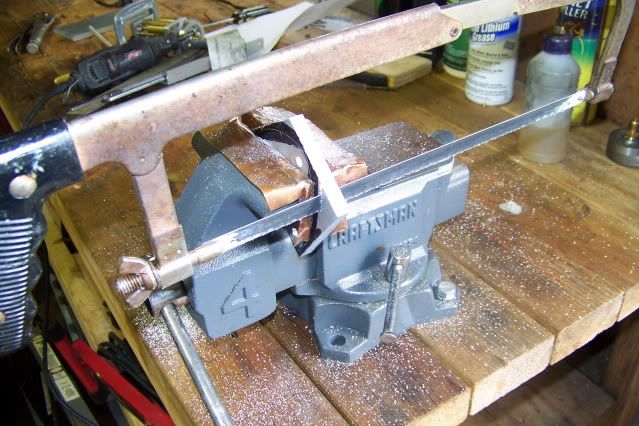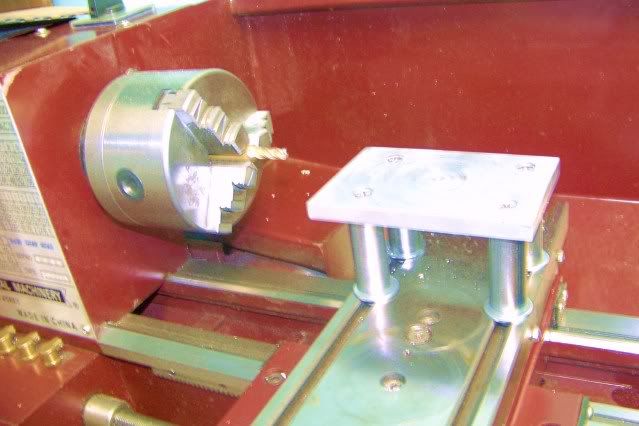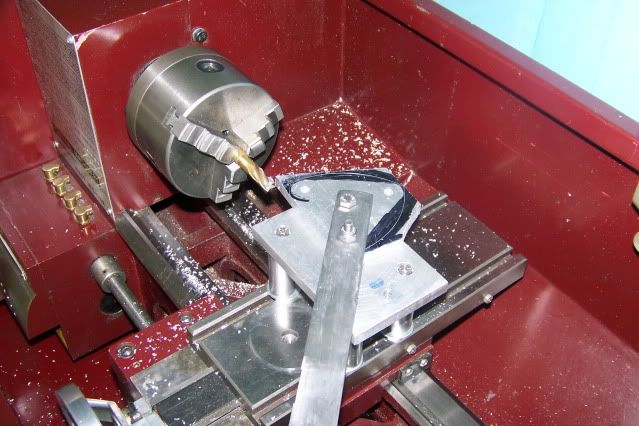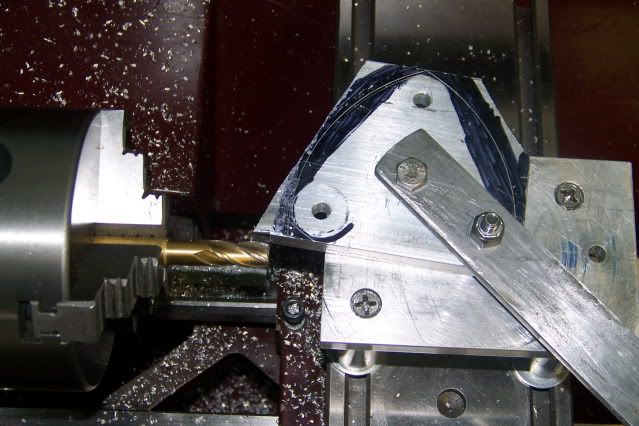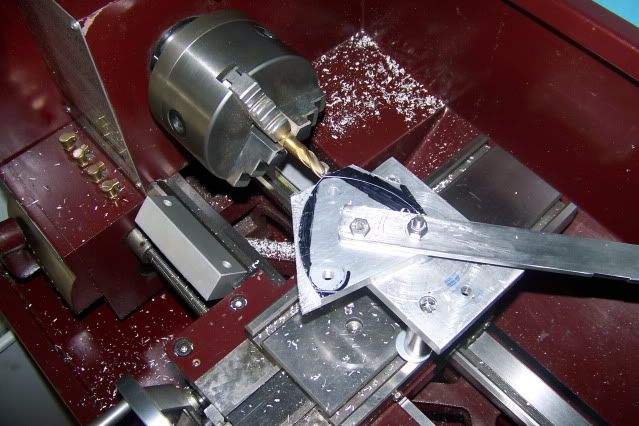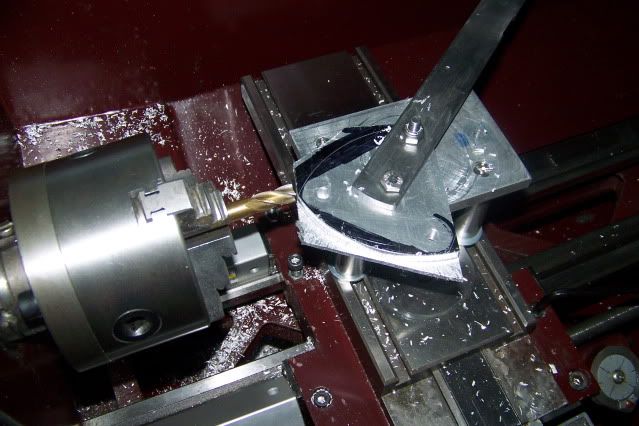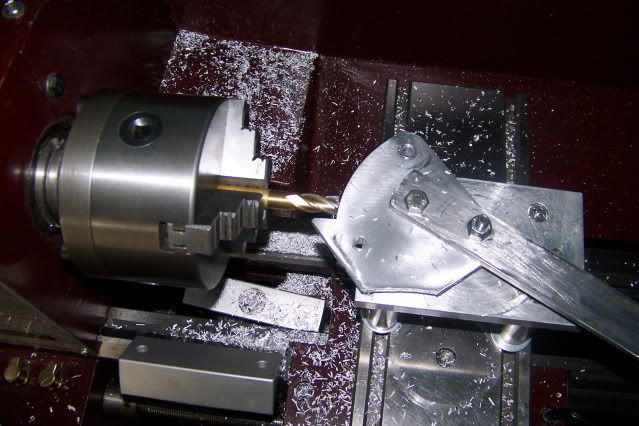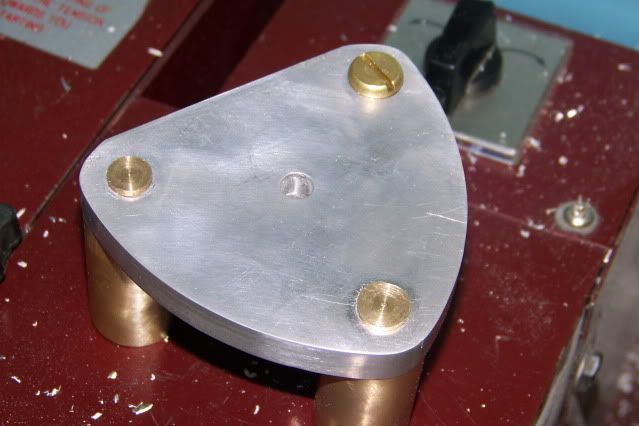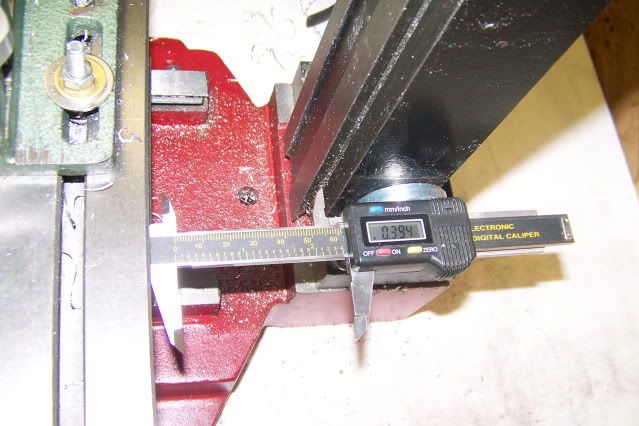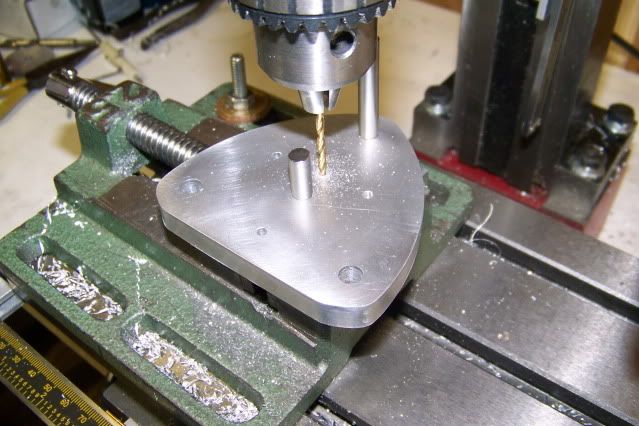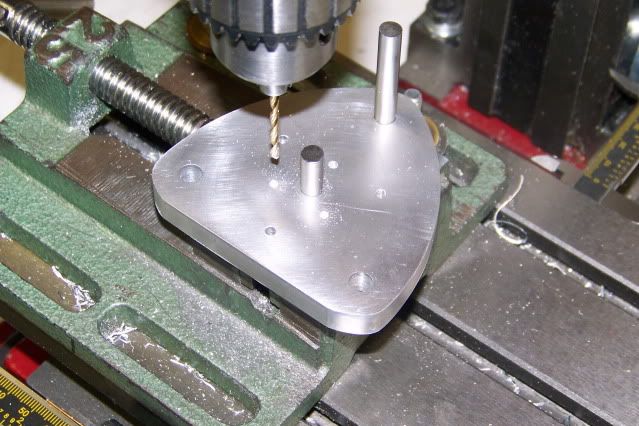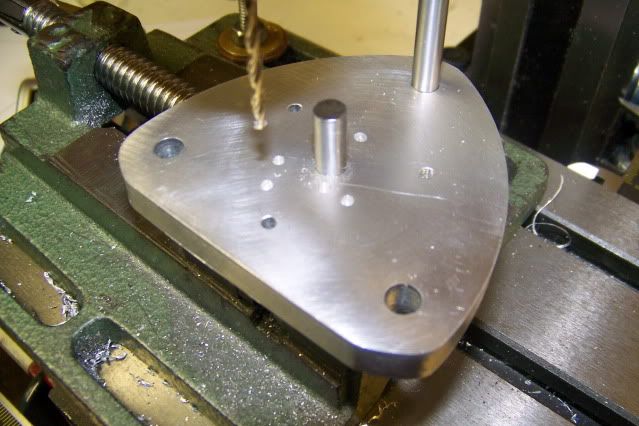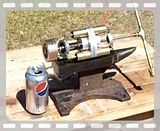- Joined
- Dec 2, 2008
- Messages
- 971
- Reaction score
- 8
Hi Y'all
I've been quiet for a while but here I go again. First I got a new lathe (used HF 9x20) so I spent some time cleaning, adjusting, tweaking, and generally fooling around with it. Then I got a new mill (HF Micro Seig X1) and spent some time doing the same with it. Then just as I was getting ready to resume the thread that I started months ago with my 3 cylinder swash plate engine, gremlins attacked my computer. Very frustrating.
It would seem to be working and then would lock-up, shutdown, or both. Sometimes it would restart but often not. After losing a lot of work during these episodes I gave up anything but lurking or an occasional 1 line post. It seems that my youngest son who was visiting last week has exorcised the demons and all appears to be well.
During the silent time, I continued to work on the swash plate engine and my camera was working just fine so I got pictures. I can also afford to spend some time with Alibre' without fear of losing my work so plans are in the works. New equipment offered the opportunity to make some design changes and so I have started this new thread. The new design is quite far along but I will attempt to write the entries in the order of build.
Here is the Swash Plate Engine as I left it and the new version as it is now.


I've been quiet for a while but here I go again. First I got a new lathe (used HF 9x20) so I spent some time cleaning, adjusting, tweaking, and generally fooling around with it. Then I got a new mill (HF Micro Seig X1) and spent some time doing the same with it. Then just as I was getting ready to resume the thread that I started months ago with my 3 cylinder swash plate engine, gremlins attacked my computer. Very frustrating.
It would seem to be working and then would lock-up, shutdown, or both. Sometimes it would restart but often not. After losing a lot of work during these episodes I gave up anything but lurking or an occasional 1 line post. It seems that my youngest son who was visiting last week has exorcised the demons and all appears to be well.
During the silent time, I continued to work on the swash plate engine and my camera was working just fine so I got pictures. I can also afford to spend some time with Alibre' without fear of losing my work so plans are in the works. New equipment offered the opportunity to make some design changes and so I have started this new thread. The new design is quite far along but I will attempt to write the entries in the order of build.
Here is the Swash Plate Engine as I left it and the new version as it is now.







